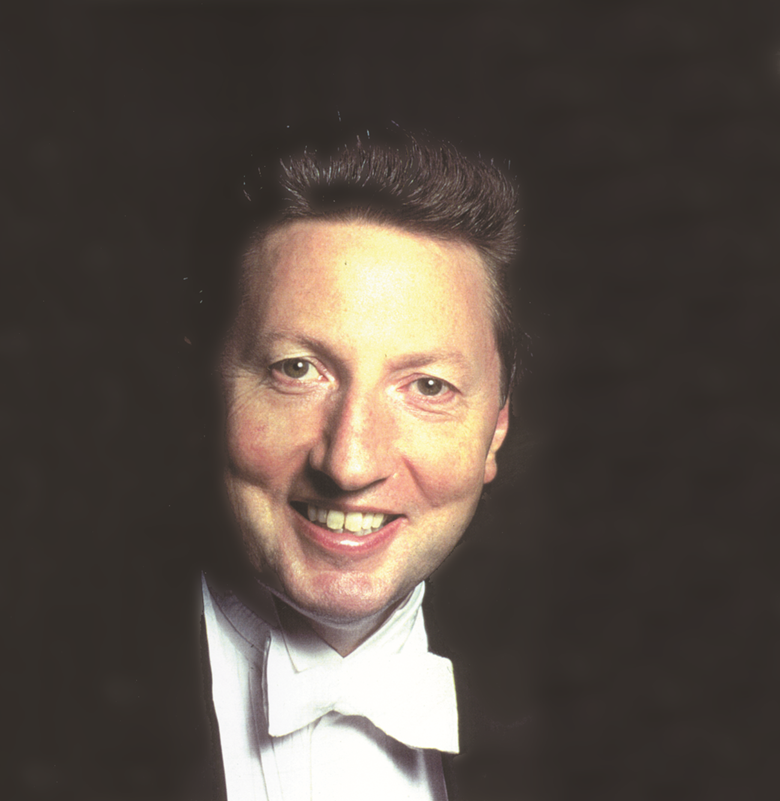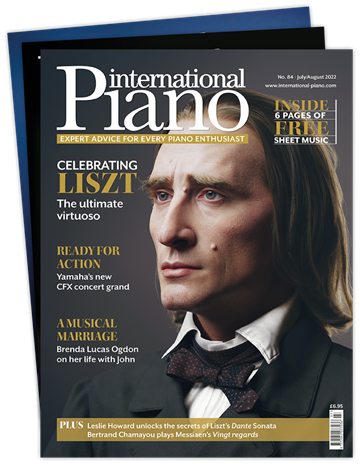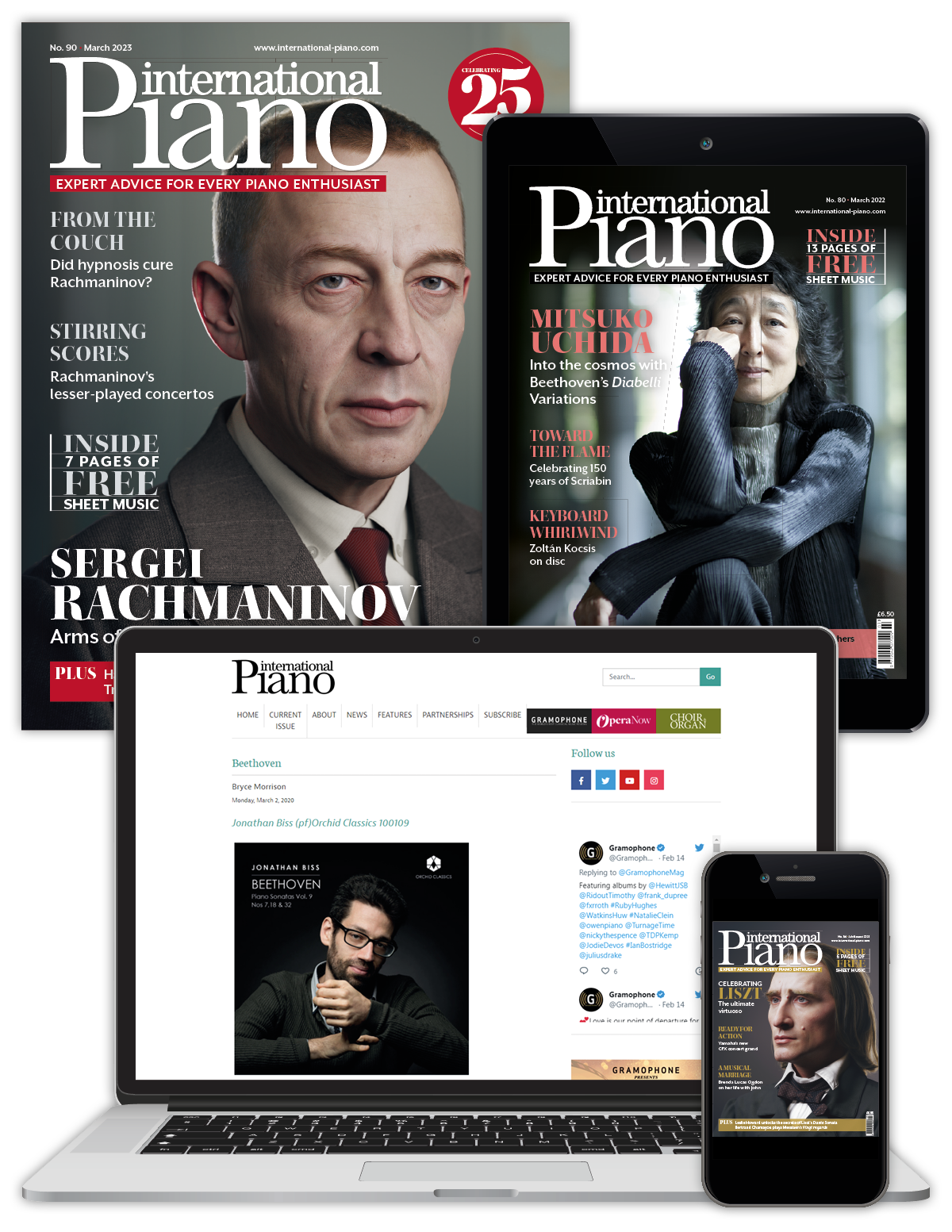Leslie Howard at 75
Colin Clark
Monday, October 16, 2023
Colin Clarke catches up with the Australian Pianist

Register now to continue reading
This article is from International Piano. Register today to enjoy our dedicated coverage of the piano world, including:
- Free access to 3 subscriber-only articles per month
- Unlimited access to International Piano's news pages
- Monthly newsletter






